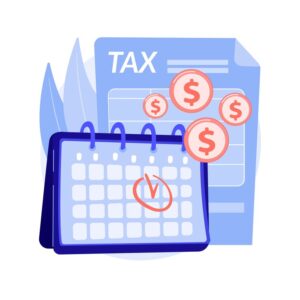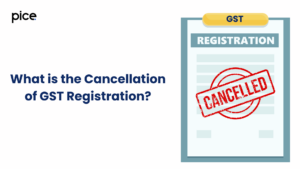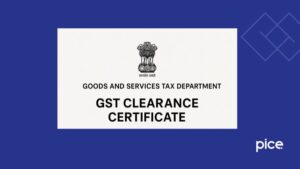GST Invoice Checklist: All You Need to Know About
- 1 Jul 25
- 9 mins
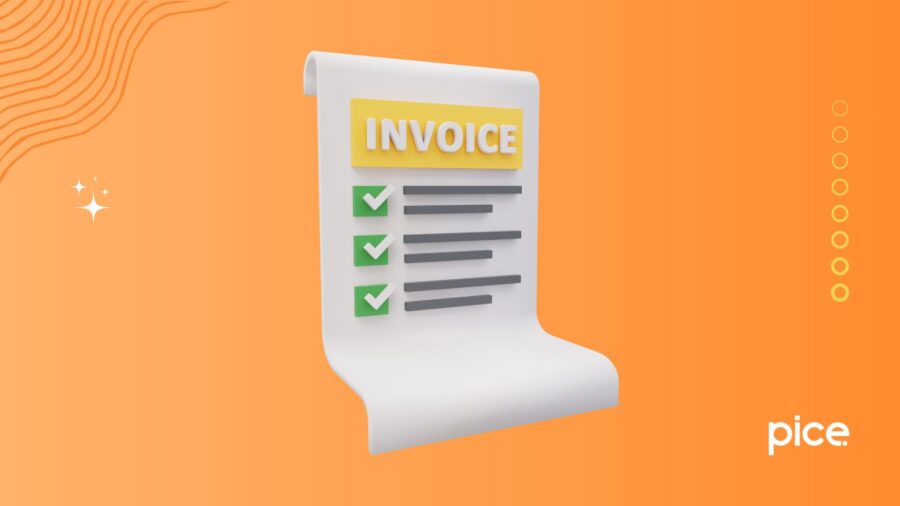
GST Invoice Checklist: All You Need to Know About
Key Takeaways
- E-Invoicing Mandate: Businesses with ₹5 crore+ turnover must issue e-invoices with HSN codes for B2B transactions.
- ITC Eligibility: A valid GST invoice is essential to claim Input Tax Credit—missing details may lead to denial.
- Digital Compliance: E-invoices require digital signatures, JSON uploads to IRP, and tools like emSigner or EDI.
- Structured & Clear Format: Invoices must include clear sections, buyer/seller details, GST breakdown, and optional QR codes.
- Custom Tools Help: Use custom e-invoice platforms, double-check details, and keep past records archived.
The GST implementation has mandated invoice creation for registered businesses of all shapes and sizes. An invoice, also known as a GST bill, contains a list of goods and services offered along with their due charges. It assists in tracking the sales made. In addition, it helps to know the price of a good or service before CGST and SGST are levied.
According to the latest GST law, a GST-registered person or a business with an annual turnover of ₹5 crore must have an E-invoice containing an HSN code for business-to-business (B2B) transactions.
A GST invoice is essential for recipients of Input Tax Credit (ITC). Without it, a registered business or a person cannot avail the benefits of ITC during GST returns.
Read this blog to get a GST invoice checklist, what kinds of data it contains, its requirements and how to create a compliant invoice without any hassle.
Which Invoice Data Is Needed?
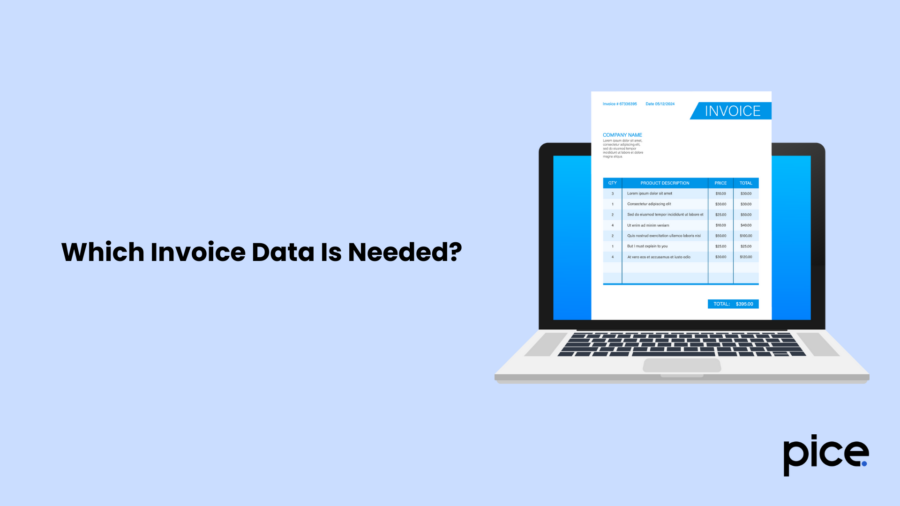
A GST invoice is a primary document carrying the evidence of the goods and services supplied. Therefore, it needs to be filled out whenever goods and services are supplied to a recipient. The Rule 46 of the CGST and SGST Rules talks about the contents of the GST invoice. They are as follows:
KYB Requirements
KYB or Know your Business, is a process that verifies business ownership, purpose, structure and activities. It is quite similar to KYC (Know Your Customer) with an emphasis on business activities so that fraudulent and illegal activities can be eliminated.
It consists of the name, address and GSTIN of the supplier along with up to 16 characters long tax invoice number. Also, the recipient details like their name, address and GSTIN if applicable.
In case the recipient does not have a GSTIN and is purchasing a product worth more than ₹50,000, the invoice needs to have their respective state name and state code.
Value Added Tax
Value-added tax rate or VAT, is a significant part of the GST invoice checklist. A tax percentage gets levied on the goods and services purchased by the customer.
Goods and Services
Detailed description of the goods and services including the quantity and units (UQC in metre of Kgs etc) that are supplied. When it comes to making an invoice, goods require 3 invoice copies and services require 2 copies.
A normal invoice also includes an internationally accepted Harmonised System of Nomenclature (HSN code) which helps to categorise products based on their name and GST amount. Businesses with more than 5 crores annual turnover have to add 6 6-digit HSN codes, whereas businesses with lesser turnover need to add the 4-digit HSN code during B2B invoice creation. However, for B2C invoices, a 4-digit HSN code is not mandatory.
Invoicing Requirements for Electronic Invoices
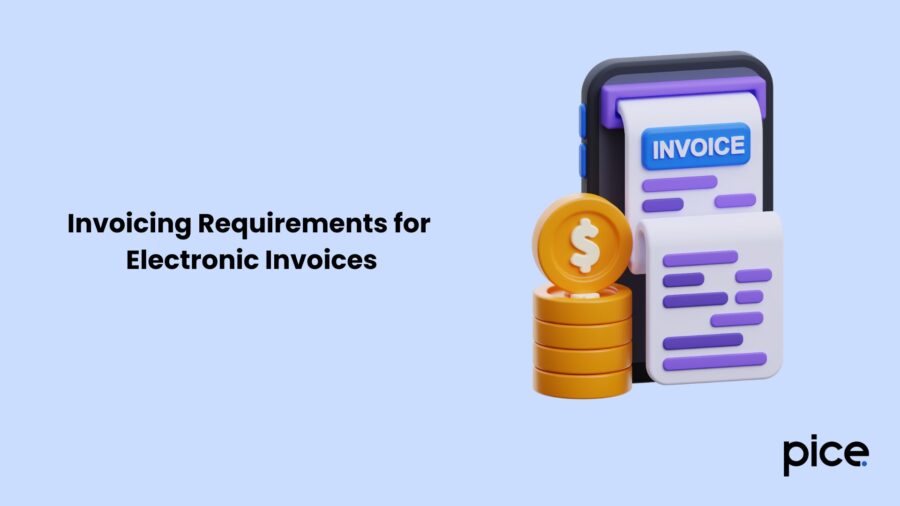
E-invoicing was introduced in the year 2020 for businesses with more than ₹500 crore in turnover. The amount kept changing over time. As per the latest update, businesses with an annual turnover ranging from ₹5 crore to ₹10 crore have to opt for electronic invoices. Here are the compliance requirements for GST electronic invoicing:
Digital Signatures
A digital signature certificate or DSC is signing documents electronically to verify the authenticity of a supplier. Therefore, it is a mandatory part of a GST invoice checklist.
In order to create an IRN (Invoice Registration Number), a supplier uploads JSON (JavaScript Object Notation) into the Invoice Registration Portal (IRP). It is important to have an 'emSigner' tool and the necessary software that can read digital signature certificates installed.
Electronic Data Interchange (EDI)
EDI is a system used to automatically exchange documents like shipping forms and purchase orders electronically. It is used by suppliers, carriers, customers and others within the supply chain.
The reason why EDI is considered one of the crucial documents of the GST invoice checklist is because it saves time, enhances connectivity and reduces errors.
Tax Compliance
Section 31 of the CGST Act 2017 has made it mandatory for businesses to issue an invoice for the purposes of supplying goods and services. Depending on the category of the supplier, the type of tax invoice varies.
For example, a registered supplier will issue a tax invoice from another registered supplier only. However, if the supplier chooses to avail of composition schemes, he will be responsible for making a bill of supply instead of a tax invoice.
Checklist for Compliant Invoice Processing
Compliant invoicing involves making sure that invoices meet the legal and regulatory standards set by a specific country or region. Here is the GST year-end checklist that will help you in this process:
1. Invoice Data Checklist
It verifies all the provided information in the invoice is accurate and compliant with all the legal requirements.
2. Seller's Information:
Supplier’s name, address and GSTIN. The date of GST issuance is also required.
3. Buyer's Information:
Buyer details like name, address and state code.
4. Product/Service Details:
Type of products, per unit price, total quantity and total amount payable.
5. Financial Summary:
All the transaction details between the buyer and the seller are mentioned including the sales details, applicable taxes amount and total amount payable.
6. Payment Details:
The total value of supplied goods and services including the CGST, SGST, UTGST and IGST taxable value.
7. Credit Note/Debit Note:
A GST invoice checklist contains credit and debit notes whenever applicable. A credit note, also referred to as a credit memo serves as a formal acknowledgement indicating the money owed by a supplier to a customer from the previous transaction. On the other hand, the debit note is a commercial document referring that the buyer owes money for receiving goods and services.
8. Additional Information:
Additional information like if the GST is applicable on a reverse charge basis and the place of goods and services supply is mentioned.
9. Legal and Compliance:
Certain small businesses and start-ups have specific legal compliance as part of their GST liability. For example, businesses that fall under the composition scheme do not have to generate an invoice, instead, they have to create a bill of supply.
In addition, businesses with less than ₹5 crore turnover are exempted from making mandatory GST invoices.
10. Visual/Structural Elements:
The GST invoice needs to have proper headings and the information provided has to be organised and accurate. There needs to be different sections to mention supplier and buyer details, company logo or a QR code used for payment purposes. So that when the invoices are available in the GST portal, it is easy to comprehend.
E-invoicing Solution for Stress-free Compliant Invoices
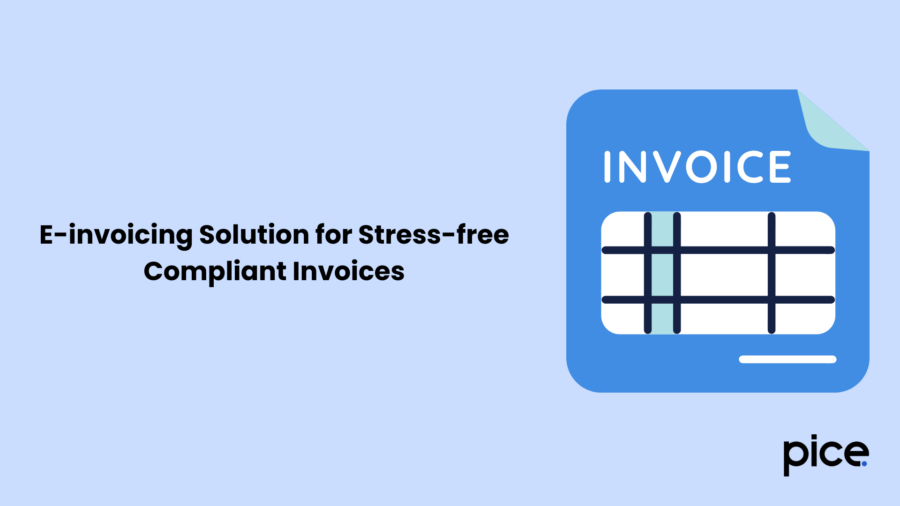
Accurate details of buyers and sellers, detailed descriptions of goods and services, a unique invoice number and total due amount these features support your electronic tax invoices. If you want to customise your GST invoice, use your company's logo to do so. You can create an invoice for goods before or on the same date of supply. In terms of services, the invoice needs to be issued within 30 days.
Note down a few points if you are looking for a hassle-free e-invoicing solution :
● Double-check provided information regarding goods and services for 100% accurate invoice generation.
● When it comes to bulk data, utilise custom-made e-invoice platforms.
● Keep your previous business data archived for future use.
Conclusion
The GST invoice checklist is an integral part of businesses with annual turnover of ₹5 crore and more. Choose an expert service provider who can guide you regarding the specificities while creating an e-invoice at the time of supply.
The details regarding the service provider and buyer, the address of delivery along with the state code, details of consumer products along with the applicable GST amount need to be mentioned clearly in the GST invoice.
💡If you want to streamline your invoices and make payments via credit or debit card or UPI, consider using the PICE App. Explore the PICE App today and take your business to new heights.
FAQs
Who is required to issue a GST invoice?
What information must a GST invoice contain?
Supplier and recipient names, addresses, and GSTINs
Unique invoice number (max 16 characters)
Invoice date, HSN/SAC codes, description of goods/services
Quantity, rate, and taxable value
Applicable GST (CGST, SGST, IGST), total amount, and payment terms









